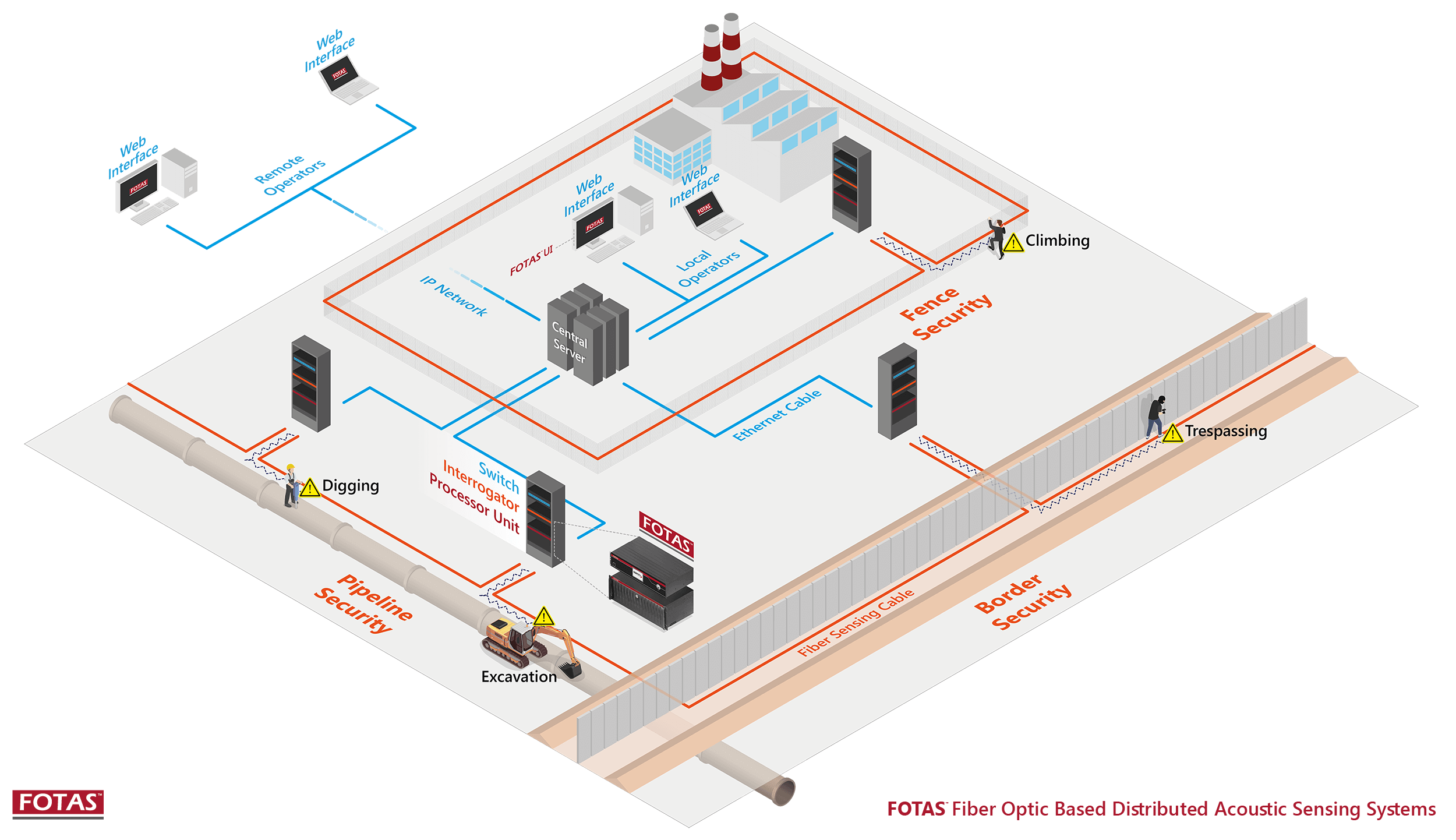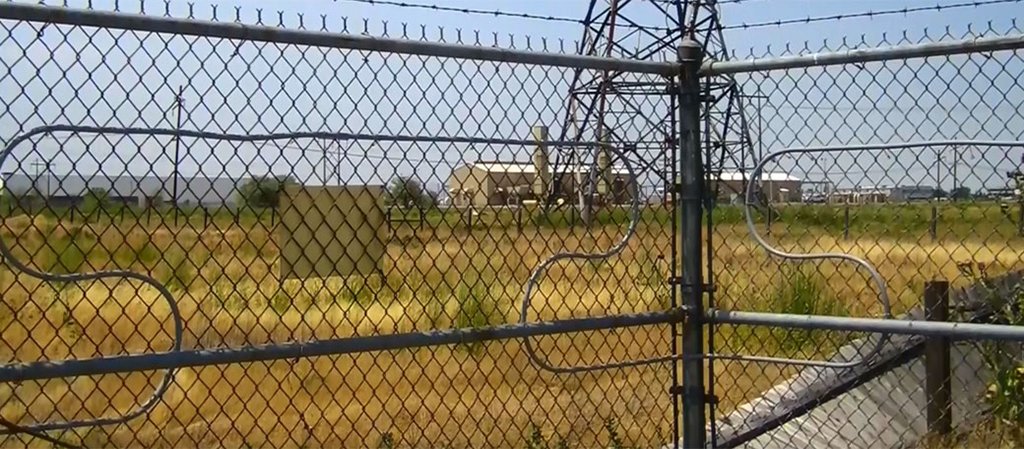Key Features of Fiber Optics Infrastructure for Security Installations You Need to Understand
Key Features of Fiber Optics Infrastructure for Security Installations You Need to Understand
Blog Article
The Ultimate Guide to Fiber Optic Protection Solutions for Your Company
In an age where safety concerns are extremely important for organizations, recognizing the details of fiber optic modern technology can be transformative. This guide outlines how integrating fiber optic safety systems not just boosts information security but likewise provides advantages like resistance to disturbance and real-time surveillance abilities. As organizations evaluate their security requires, it comes to be important to consider the installation procedure and the current advancements in the field. What specific variables should be prioritized when choosing the best system, and how can organizations guarantee they make one of the most enlightened options?
Understanding Fiber Optic Modern Technology

The core of a fiber optic cable television includes a slim glass or plastic center, bordered by a cladding layer that reflects light back into the core. fiber optic security system. This style guarantees marginal loss of signal stamina, also over considerable ranges. There are two main sorts of fiber optic cords: single-mode and multi-mode. Single-mode fibers are created for long-distance transmission, while multi-mode fibers are suitable for shorter ranges, often used within structures.
Optical fiber are not only quicker yet likewise much more safe than traditional wiring. Their inherent resistance to electro-magnetic interference and the difficulty of using the signal without discovery make them a preferred choice for services prioritizing data integrity and safety. As companies increasingly rely on secure and effective communication systems, comprehending fiber optic technology becomes important for notified decision-making.
Key Benefits of Fiber Optic Safety
When taking into consideration protection alternatives for a company, the advantages of fiber optic systems are especially compelling. Firstly, fiber optic technology offers extraordinary data transmission rates and data transfer capability, making it suitable for managing high-resolution video feeds from security electronic cameras. This capacity guarantees that safety and security employees obtain real-time information, enhancing total action times to prospective safety and security dangers.
In addition, fiber optic cords are inherently immune to electromagnetic interference, which can endanger the stability of conventional copper-based systems. This resistance ensures that the data transferred remains safe and secure and continuous, providing an extra dependable protection facilities. Additionally, optical fiber are much less prone to physical damage, as they are made from glass as opposed to metal, minimizing upkeep costs and downtime.
Fiber optic systems use boosted cybersecurity attributes, including encryption capacities that safeguard sensitive information from unapproved gain access to. Collectively, these benefits make fiber optic safety and security systems a robust choice for organizations seeking to improve their safety and security procedures.
Setup Process and Considerations
Thinking about the complexities involved, the installment process of fiber optic safety and security systems needs careful planning and implementation. The initial action entails a thorough website assessment to recognize ideal places for cabling and equipment. This assessment must consider ecological variables, existing find more information facilities, and prospective vulnerabilities.

In addition, the installation should adhere to local building ordinance and sector criteria. This may include coordinating with various stakeholders such as building managers, IT groups, and protection personnel to ensure seamless combination with existing systems.
Post-installation, rigorous screening is essential to validate system efficiency and determine any type of problems that might emerge. By focusing on these considerations throughout the installment process, companies can ensure a durable and efficient fiber optic protection system that satisfies their specific safety needs.
Newest Advancements in Fiber Optic Safety And Security
Current developments in fiber optic modern technology have substantially enhanced the abilities of security systems for services. Among one of the most notable technologies is the integration of fiber optic sensing units that can discover resonances and invasions along the border of a facility. These sensing units give real-time monitoring, enabling fast feedback to potential breaches.
Additionally, the growth of distributed fiber optic noticing modern technology permits the constant tracking of big locations with a single fiber cable television. This approach not just lowers installation expenses however likewise improves the reliability of checking systems by eliminating the need for numerous, separate sensors.
In addition, advancements in multiplexing techniques have allowed organizations to send vast quantities of information over fiber optic networks, improving the abilities of video clip monitoring systems. High-def video feeds can now be sent over long distances without loss of top quality, making sure that safety employees have accessibility to clear and workable info.
Last but not least, the use of expert system (AI) combined with fiber optic systems is reinventing threat detection. AI formulas can assess information from fiber optic index networks to recognize unusual patterns or habits, permitting proactive safety and security measures. These developments jointly stand for a considerable leap forward in fiber optic safety technology.
Picking the Right System for Your Organization
Choosing the suitable fiber optic safety and security system for your service is vital for making sure ideal protection and satisfaction. To make an enlightened option, evaluate your specific protection requirements, taking into consideration aspects such as the size of your properties, the nature of your procedures, and potential vulnerabilities.
Begin by assessing the degree of safety required; for circumstances, high-risk settings might require innovative systems with incorporated monitoring and breach detection abilities. Next off, think about scalability; as your business expands, your protection system must be capable of broadening to accommodate increased needs without significant overhauls.
In addition, check out the integrity and efficiency of numerous systems. Look for suppliers with established reputations and customer reviews that testify to their solution high quality. It's also recommended to ask about the modern technology's compatibility with existing facilities, making sure a smooth combination procedure.
Final Thought
Finally, fiber optic protection systems offer a durable option for improving business security infrastructures. The integration of high-speed information transmission, resistance to electro-magnetic disturbance, and progressed monitoring capabilities dramatically boosts general security (fiber optic security system). By comprehending the technology, recognizing its advantages, and thinking about the installation process, companies can make educated choices. The current innovations further strengthen the performance of these systems, ensuring that companies remain safe and secure and adaptable in an ever-evolving risk landscape.
Report this page